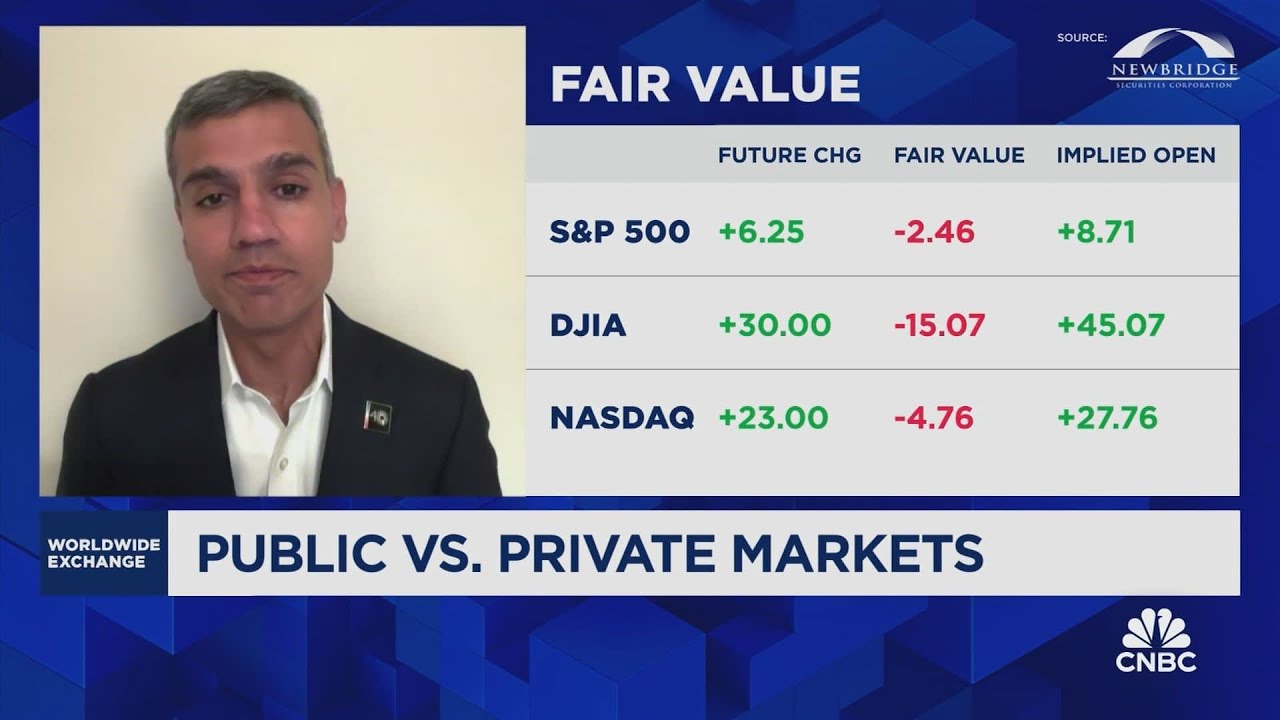The CEO of Morningstar projected that the next decade will see annualized public market returns of 5% to 7%, significantly lower than the previous decade’s 12%, while emphasizing the importance of a long-term investment perspective despite current market valuations. He also discussed the implications of potential Fed rate cuts, the trend of companies remaining private longer, and the rise of interval funds as a way for investors to access private markets.
In a recent discussion, the CEO of Morningstar shared insights on the future of public market returns, estimating that the next decade will yield significantly lower returns compared to the previous one. He projected an annualized return of about 5% to 7%, down from the approximate 12% seen in the last decade. This outlook is not a critique of the potential of artificial intelligence (AI), which has driven significant returns, particularly among major tech stocks referred to as the “Magnificent Seven.” The CEO emphasized that while AI has benefitted investors greatly, the market’s current valuations suggest a moderation in future returns.
The conversation also touched on investor sentiment regarding the stock market’s current state, with many considering it “frothy” or “foamy” due to elevated valuations. The CEO advised investors to focus on their long-term goals, regardless of short-term political events or market fluctuations. He stressed the importance of maintaining a long-term investment perspective, which has historically proven beneficial for investors.
With the Federal Reserve’s upcoming meeting, the CEO discussed the expectations surrounding potential interest rate cuts. He indicated that the market has likely already priced in these expectations, suggesting that investors should consider rebalancing their portfolios if they haven’t done so recently. He highlighted the need for a balanced approach between equities and fixed income, noting that attractive yields in fixed income should not be overlooked.
The discussion also explored the growing trend of companies choosing to remain private for longer periods, which limits individual investor access to a significant portion of the market. The CEO pointed out that more than 100 companies go private each year, and many are staying private for over a decade. This trend creates a gap for investors who might miss out on opportunities in these private markets.
Finally, he mentioned the rise of interval funds as a potential avenue for investors to gain exposure to private markets. These funds provide a way for individual investors and advisors to access private fixed income investments that were previously limited to qualified investors. The CEO’s remarks underscored the evolving landscape of investment opportunities and the importance of adapting strategies to navigate both public and private markets effectively.
